Fort Walton Beach, FL
428 Mary Esther Cut Off NW Unit A,
Fort Walton Beach, FL
32548, United States
(850) 374-3595
Looking for a solution to persistent dry patches on your skin? Visit The Beauty Experts for expert skincare advice and treatments. Don't let dry skin hold you back, get healthy and radiant skin today.
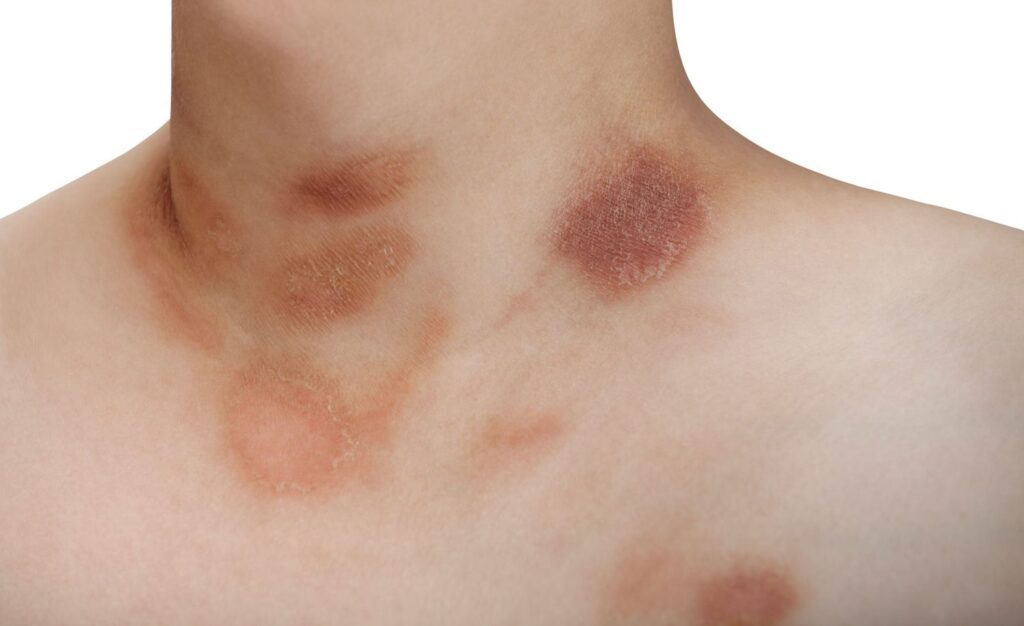
Are persistent dry patches on your skin causing you frustration and discomfort? Look no further for a solution! At The Beauty Experts, owned and operated by Tilly Souriyseng, we specialize in providing expert skincare advice and treatments. Our team of beauty experts, located at 428 Mary Esther Cut Off NW, Unit B, Mary Esther, FL 32548, is dedicated to helping you achieve healthy, hydrated, and radiant skin. Whether you’re dealing with dry patches on your face, hands, or body, we have the knowledge and expertise to guide you toward effective solutions. Don’t let dry skin hold you back from feeling confident and comfortable in your own skin. Visit us at https://www.emeraldcoastesthetics.com/ for more information and let The Beauty Experts help you handle those persistent dry patches today.
Dry patches on the skin can be quite bothersome and uncomfortable. It is important to understand the underlying causes of these dry patches in order to effectively address and manage them. Here are some common causes of dry patches:
Living in a dry climate can wreak havoc on your skin. The lack of humidity in the air can cause moisture to evaporate quickly from your skin, leaving it dry and parched. This is particularly common in arid regions or during the winter months when the air is dry and cold.
Using harsh cleansing products can strip your skin of its natural oils, leading to dryness and irritation. This includes soaps and cleansers that contain harsh ingredients such as sulfates or alcohol. It is important to opt for gentle, moisturizing cleansers that will cleanse your skin without causing excessive dryness.
While hot showers may feel relaxing and soothing, they can actually contribute to dry patches on your skin. Hot water can strip your skin of its natural oils and disrupt the moisture barrier, resulting in dryness. It is best to stick to lukewarm water when showering and avoid prolonged exposure to hot water.
Dehydration can have a significant impact on your skin’s health and moisture levels. When your body is dehydrated, it lacks the necessary hydration to keep your skin supple and moisturized. This can lead to dry patches and overall dullness in your complexion. It is crucial to drink an adequate amount of water daily to keep your body and skin hydrated.
Certain skin conditions can also cause persistent dry patches on the skin. Conditions such as eczema, psoriasis, and dermatitis can disrupt the skin’s moisture barrier, leading to dryness and flakiness. If you have a preexisting skin condition, it is important to work closely with a dermatologist to develop a skincare routine that addresses your specific needs.
Identifying persistent dry patches on your skin is crucial in order to determine the appropriate treatment and prevention measures. Here are some key factors to consider when identifying dry patches:
Persistent dry patches on the skin often appear as rough, scaly, or flaky areas. The skin may appear dull and lackluster compared to the surrounding healthy skin. These patches can vary in size and may be accompanied by redness or inflammation.
When you touch the dry patches, they may feel rough, uneven, or coarse. This is due to the lack of moisture and the buildup of dead skin cells on the surface.
Dry patches can be itchy and uncomfortable. This is often a result of the skin’s natural moisture barrier being compromised, leading to dryness and irritation. Scratching these patches can further exacerbate the problem and potentially cause damage to the skin.
Pay attention to the location of the dry patches on your skin. They can appear on various parts of the body, such as the face, arms, legs, or hands. Certain areas may be more prone to dryness, such as the elbows, knees, and heels.
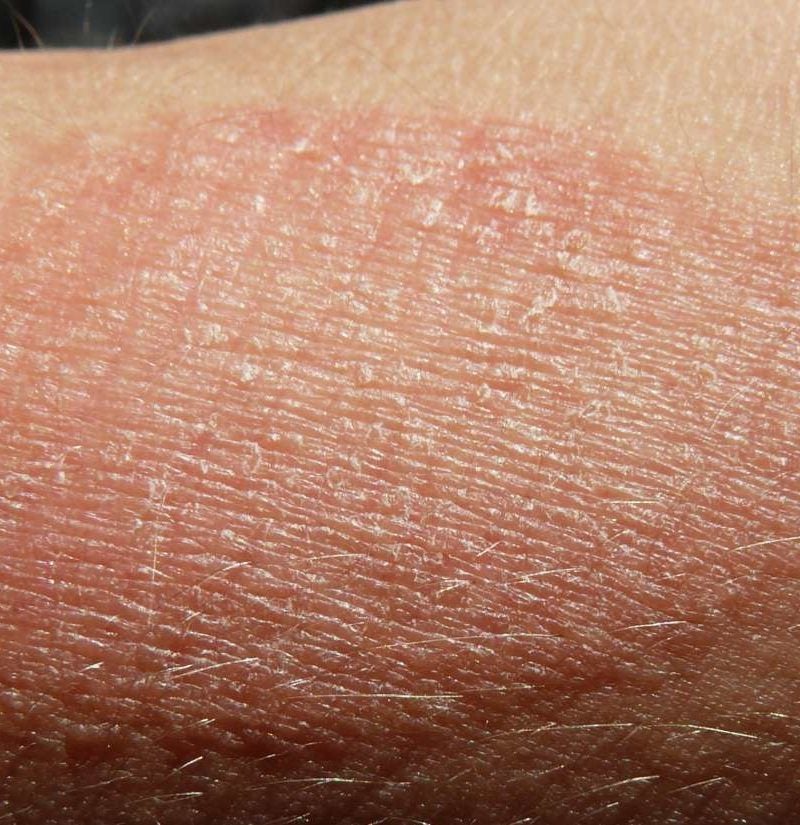
This image is property of post.medicalnewstoday.com.
Preventing dry patches from occurring in the first place is key to maintaining healthy and moisturized skin. Here are some preventive measures you can incorporate into your skincare routine:
Moisturizing your skin is essential for preventing dry patches. Choose a moisturizer that is suitable for your skin type and apply it consistently, both in the morning and evening. Look for moisturizers that contain hydrating ingredients such as hyaluronic acid or ceramides.
As mentioned earlier, hot showers can strip your skin of its natural oils and contribute to dryness. Opt for lukewarm showers instead and limit your shower time to avoid excessive moisture loss.
Avoid harsh cleansers that can strip your skin of its natural oils. Opt for gentle, hydrating cleansers that will cleanse your skin without causing dryness or irritation.
If you live in a dry climate or during harsh weather conditions, it is important to take extra precautions to protect your skin. Wear appropriate clothing to cover exposed areas and use moisturizers with SPF to shield your skin from the sun’s harmful rays.
Drinking an adequate amount of water daily is crucial for maintaining optimal skin hydration. Aim for at least 8 glasses of water a day to keep your body and skin hydrated from within.
In addition to preventive measures, there are also various home remedies that can help alleviate dry patches on the skin. Here are some natural ingredients you can try:
Olive oil is a great natural moisturizer for dry patches. It contains fatty acids that help nourish and hydrate the skin. Apply a small amount of olive oil to the affected areas and gently massage it in.
Coconut oil is another effective natural remedy for dry patches. It has antimicrobial properties and contains essential fatty acids that help retain moisture in the skin. Apply a thin layer of coconut oil to the dry patches and massage it in until fully absorbed.
Aloe vera gel is known for its soothing and moisturizing properties. It can help alleviate dryness and provide a cooling effect on the skin. Apply a generous amount of aloe vera gel to the affected areas and leave it on for 15-20 minutes before rinsing off.
Honey is a humectant, meaning it helps attract and retain moisture in the skin. Apply a thin layer of honey to the dry patches and leave it on for 15-20 minutes before rinsing off. Honey can also be mixed with other ingredients such as yogurt or avocado for added hydration.
Cucumber slices are not only refreshing but also hydrating for the skin. Place chilled cucumber slices on the dry patches and leave them on for 10-15 minutes. The cucumber’s high water content will help moisturize the skin and reduce dryness.
While these home remedies can provide temporary relief for dry patches, it is important to address the underlying causes and maintain a consistent skincare routine for long-term results.
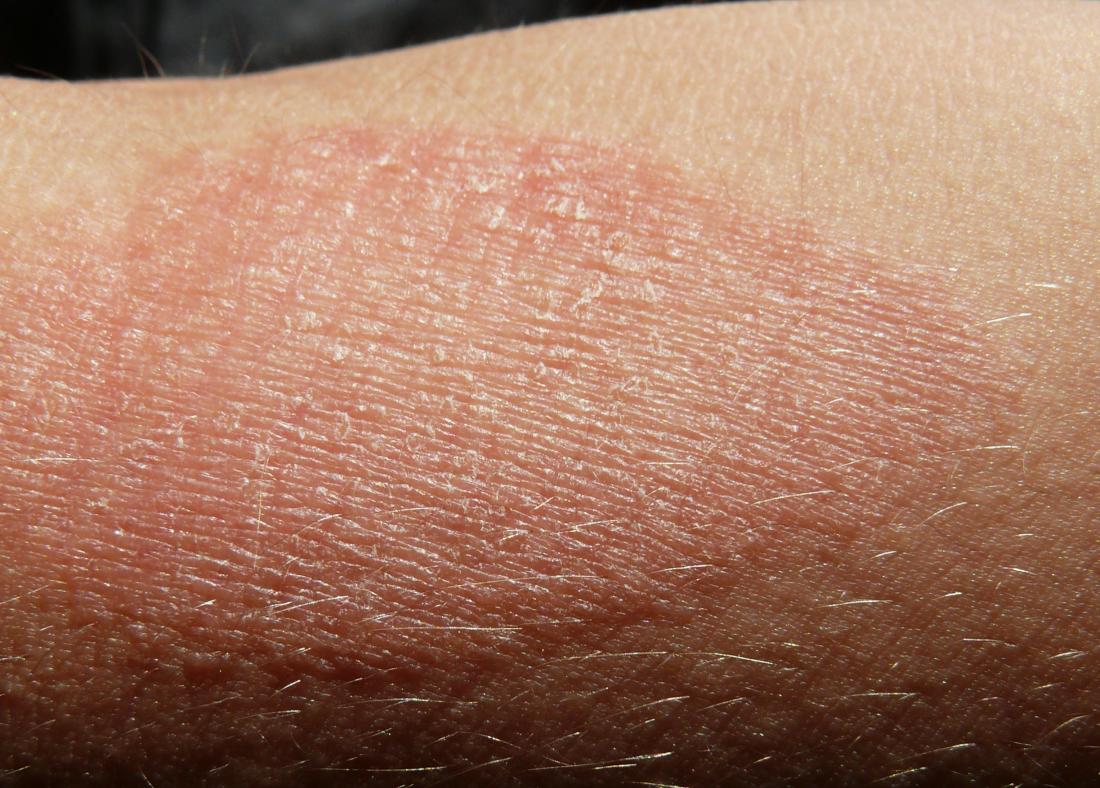
This image is property of i0.wp.com.
Over-the-counter moisturizers can be a convenient and effective option for managing dry patches. When choosing a moisturizer, look for the following key ingredients:
Different moisturizers work best for different individuals, as everyone’s skin is unique. However, some popular and highly recommended moisturizers for dry patches include Cetaphil Moisturizing Cream, Aveeno Daily Moisturizing Lotion, and Eucerin Original Healing Cream. It is important to choose a moisturizer that suits your skin type and addresses your specific needs.
When applying moisturizer to the dry patches, ensure that your skin is clean and dry. Take a small amount of moisturizer and gently massage it into the affected areas using circular motions. Allow the moisturizer to fully absorb before applying any other products or makeup on top.
In cases where over-the-counter remedies and preventive measures are not enough to alleviate persistent dry patches, prescription treatments may be necessary. Here are some common prescription treatments for dry patches:
Topical corticosteroids are powerful anti-inflammatory medications that can help reduce inflammation and itching associated with dry patches. They work by suppressing the immune response and reducing excessive dryness and irritation.
Topical retinoids, such as tretinoin or adapalene, can help improve the skin’s texture and stimulate cell turnover. They can be beneficial in treating dry patches caused by conditions such as acne or psoriasis.
Immunomodulators, such as tacrolimus or pimecrolimus, are prescribed for conditions such as eczema. They work by suppressing the immune response and reducing inflammation and itching.
Emollients are moisturizers specifically formulated for extremely dry and sensitive skin. They provide a protective barrier that helps lock in moisture and prevent further moisture loss. Emollients are often recommended for conditions such as eczema or dermatitis.
It is important to consult with a dermatologist or healthcare professional to determine the most appropriate prescription treatment for your specific situation.
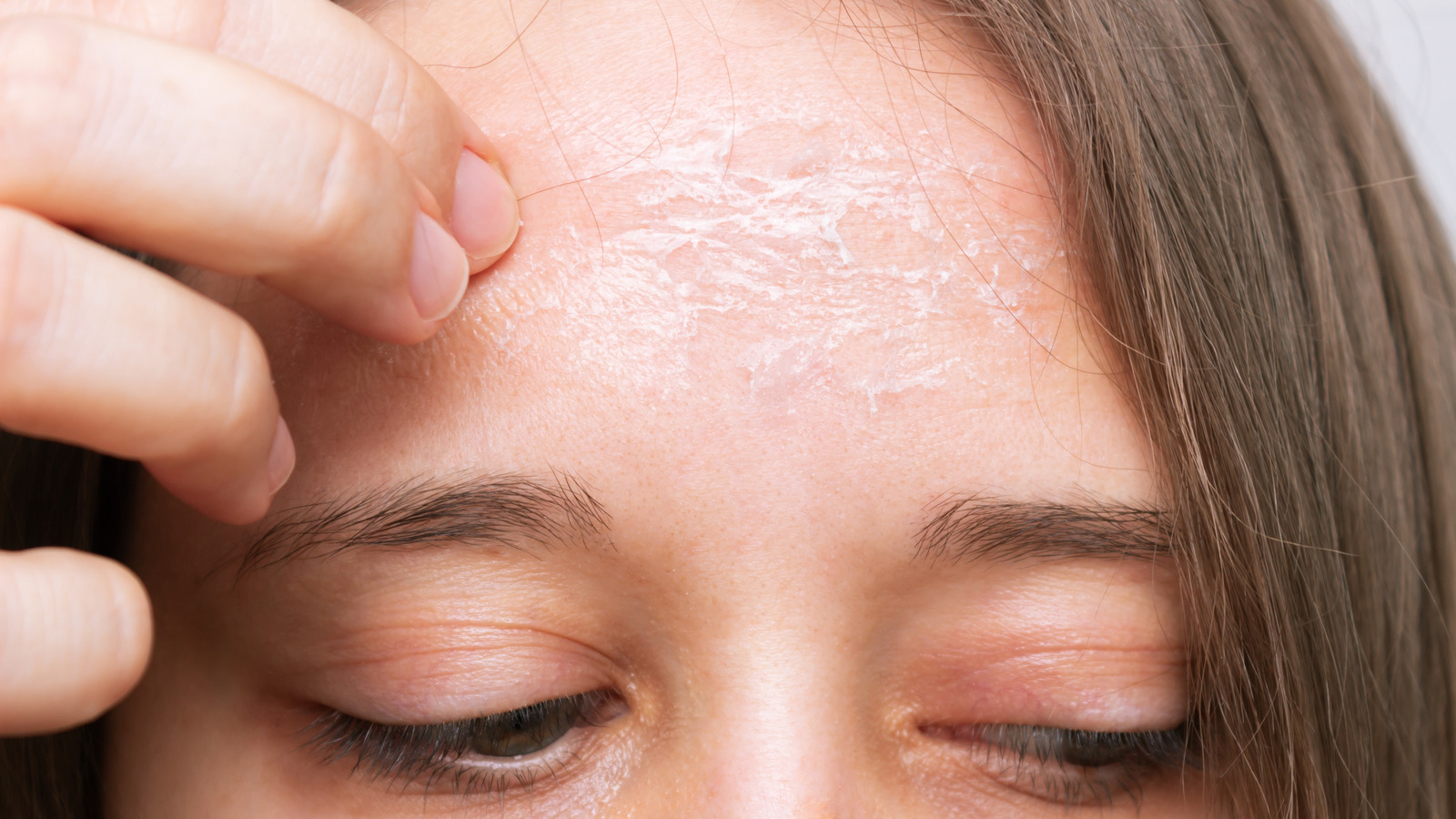
This image is property of www.glam.com.
In some cases, stubborn dry patches may require medical procedures to effectively address the issue. Here are some medical procedures that can help improve dry patches:
Microdermabrasion is a non-invasive procedure that uses a specialized device to gently exfoliate the outermost layer of the skin. This can help remove dead skin cells and improve the texture and appearance of dry patches.
Chemical peels involve the application of a chemical solution to the skin, which causes the outer layer to peel off. This promotes cell turnover and reveals new, healthier skin underneath. Chemical peels can be beneficial in reducing the appearance of dry patches and improving overall skin tone and texture.
Laser resurfacing uses laser technology to remove damaged skin cells and stimulate collagen production. This can help improve the texture and appearance of dry patches, as well as promote overall skin rejuvenation.
It is important to consult with a dermatologist or skincare professional to determine the most suitable medical procedure for your specific needs.
While dry patches can often be managed with home remedies and over-the-counter treatments, there are situations where professional help may be necessary. Here are some signs that indicate it is time to seek professional help:
If your dry patches do not improve or continue to worsen despite your best efforts with home remedies and over-the-counter treatments, it may be time to consult with a dermatologist. They can assess the underlying causes of your dry patches and recommend appropriate treatment options.
If your dry patches are accompanied by severe discomfort or pain, it is important to seek medical attention. This could indicate an underlying skin condition or infection that requires professional treatment.
If your dry patches start to change in appearance, size, or color, it is important to have them evaluated by a dermatologist. Changes in the skin can be indicative of a more serious underlying issue that needs to be addressed.
If your dry patches are accompanied by other concerning symptoms such as excessive itching, bleeding, or oozing, it is best to consult with a healthcare professional. These symptoms may require specific medical treatment.
Remember, it is always better to err on the side of caution and seek professional help if you are unsure or concerned about your dry patches.
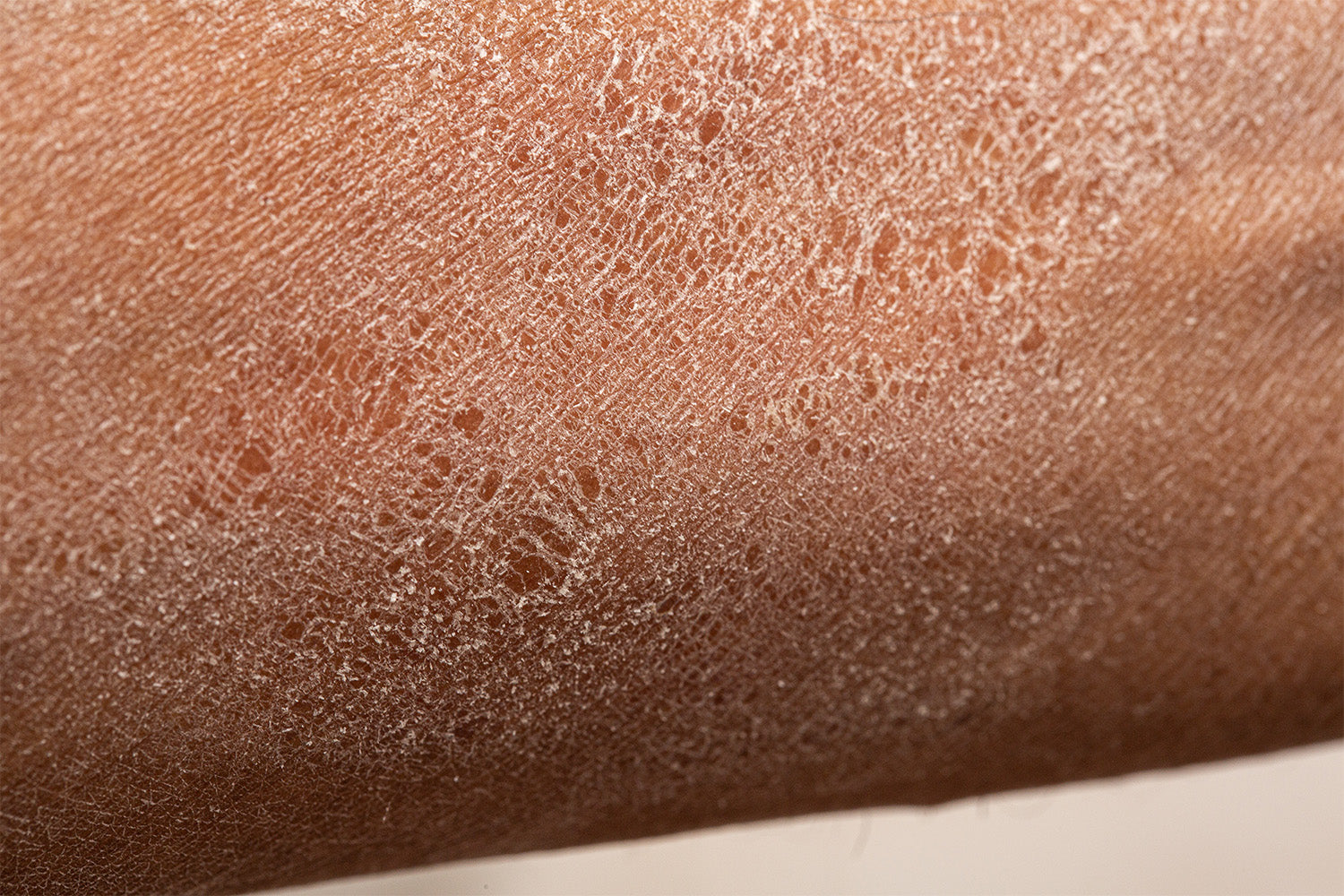
This image is property of iwilife.com.
Implementing a proper skincare routine can significantly help in preventing dry patches on the skin. Here is a suggested skincare routine that focuses on keeping your skin moisturized and healthy:
Start by cleansing your skin with a gentle, moisturizing cleanser. Avoid cleansers that contain harsh ingredients, such as sulfates or alcohol, as they can strip your skin of its natural oils. Gently massage the cleanser onto your skin using circular motions, then rinse thoroughly with lukewarm water.
Exfoliation can help remove dead skin cells and unclog pores, promoting healthier and smoother skin. However, be cautious when exfoliating dry patches, as aggressive exfoliation can further irritate the skin. Opt for gentle exfoliators and use them sparingly, focusing on areas that are not excessively dry or sensitive.
After cleansing and exfoliating, use a gentle toner to balance the pH levels of your skin and prepare it for better absorption of subsequent products. Look for toners that are alcohol-free and contain hydrating ingredients such as hyaluronic acid or rosewater.
Moisturizing is a crucial step in preventing dry patches on the skin. Choose a moisturizer that is suitable for your skin type and contains hydrating ingredients such as hyaluronic acid or ceramides. Apply a generous amount of moisturizer to your face and neck, gently massaging it in using upward motions.
Protecting your skin from harmful UV rays is essential for overall skin health and preventing dryness. Apply a broad-spectrum sunscreen with at least SPF 30 daily, even on cloudy days or during the winter months. Reapply sunscreen every two hours if you are exposed to direct sunlight for an extended period.
Follow this skincare routine consistently to keep your skin moisturized and prevent dry patches from occurring.
In addition to a proper skincare routine, certain lifestyle changes can also contribute to healthier, more moisturized skin. Here are some lifestyle adjustments to consider:
Eating a balanced diet rich in fruits, vegetables, and healthy fats can support overall skin health. Incorporate foods that are high in antioxidants, such as blueberries, spinach, and avocados, as they help protect the skin from free radicals and promote hydration.
Smoking and excessive alcohol consumption can have detrimental effects on the skin, including dryness and premature aging. Quitting smoking and limiting alcohol intake can significantly improve your skin’s health and appearance.
Excessive sun exposure can contribute to dryness and skin damage. Limit your time in the sun, especially during peak hours, and always wear sunscreen and protective clothing when outdoors. Seek shade whenever possible and wear sunglasses to protect your eyes from harmful UV rays.
Stress can negatively impact your overall health, including the health of your skin. Find healthy ways to manage stress, such as practicing relaxation techniques, engaging in regular exercise, or pursuing hobbies that bring you joy.
Getting enough sleep is essential for your body’s overall healing and rejuvenation, including your skin. Aim for 7-9 hours of quality sleep per night to allow your body and skin to repair and regenerate.
By implementing these lifestyle changes, you can support your skin’s health and reduce the likelihood of dry patches.
In conclusion, persistent dry patches on the skin can be managed effectively with a combination of preventive measures, home remedies, over-the-counter treatments, prescription treatments, and appropriate skincare routines. It is important to identify the underlying causes of dry patches and seek professional help when needed. By taking good care of your skin and making positive lifestyle changes, you can maintain healthy and moisturized skin year-round.